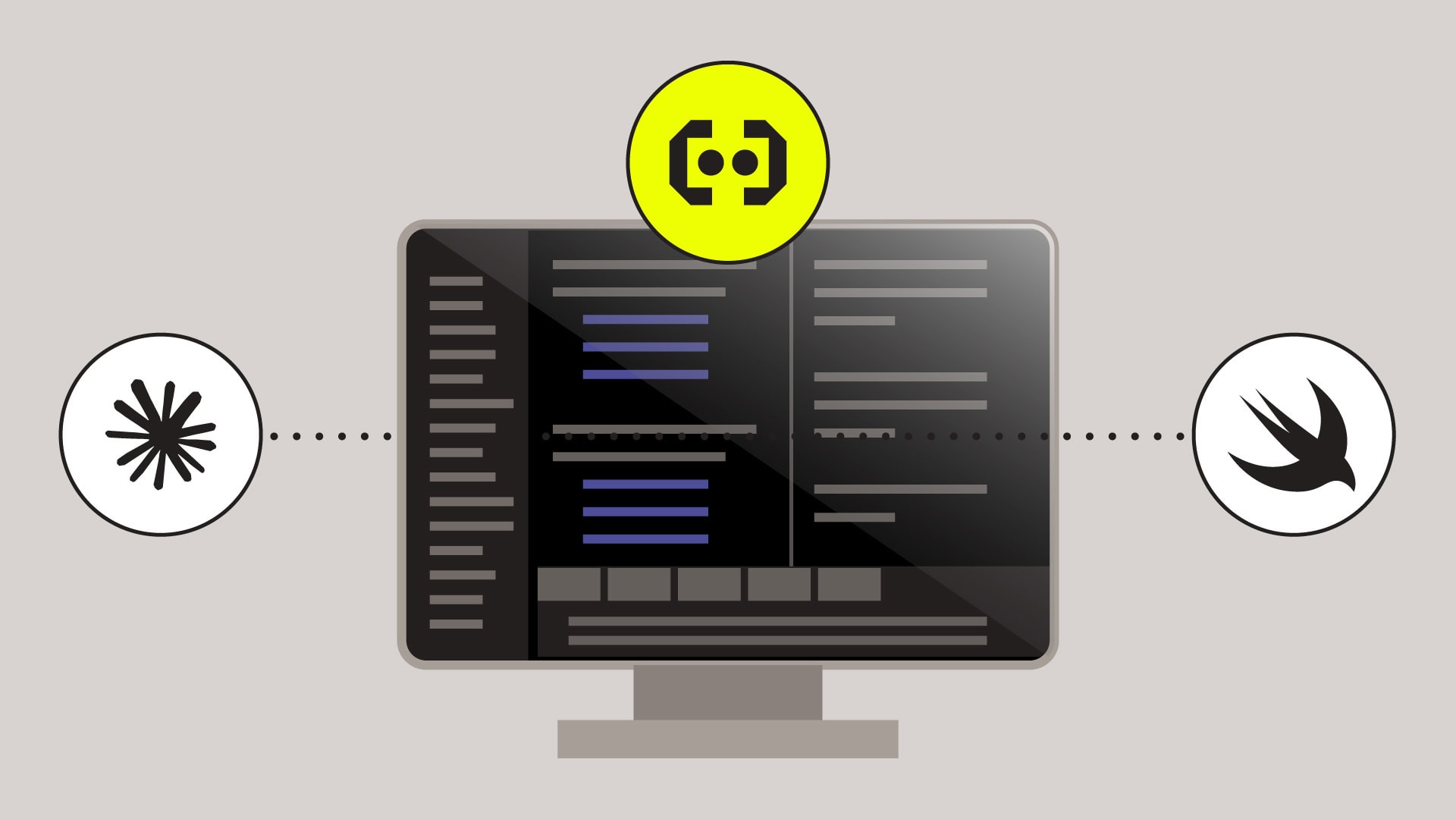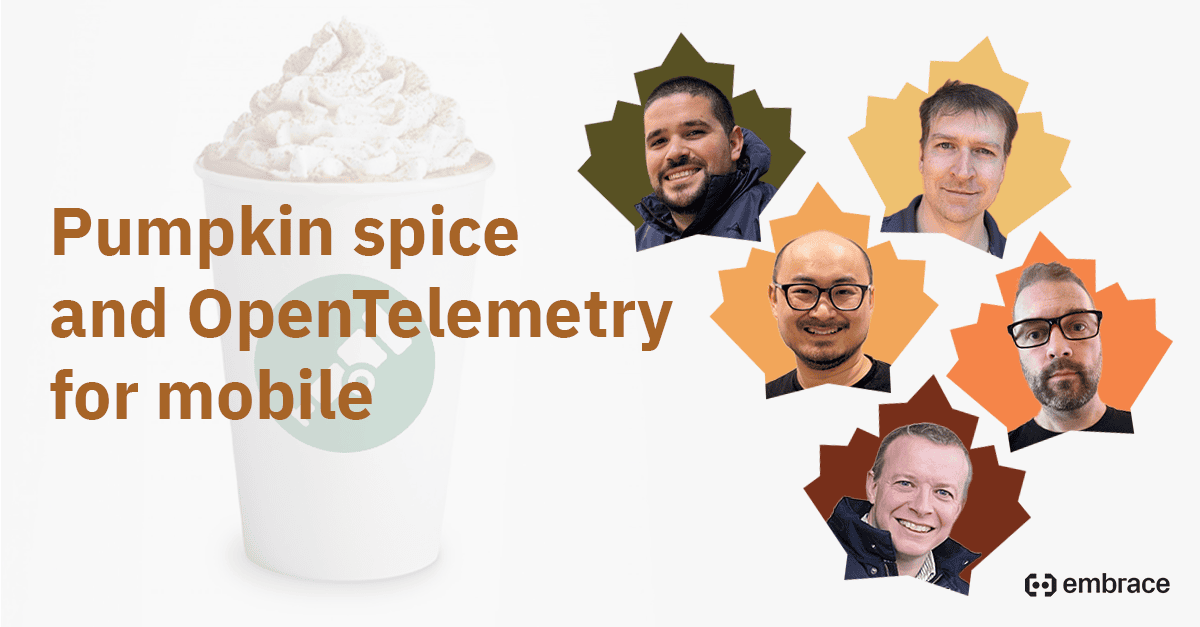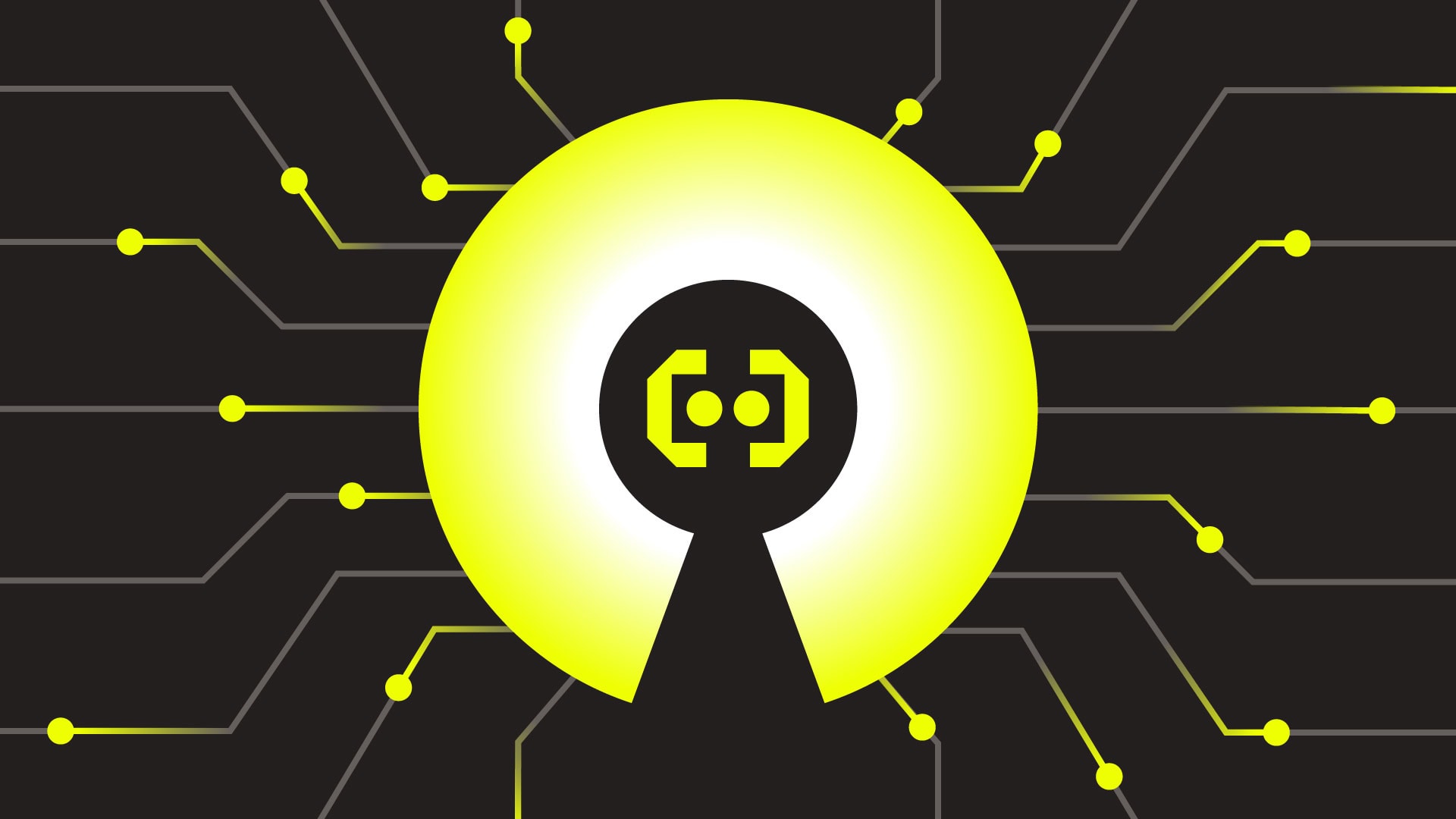
Embrace’s native iOS SDK has been rebuilt using the OpenTelemetry (OTel) standards to help give mobile engineers a deeper understanding of their users’ experiences.
Open sourcing our native SDKs is a major accomplishment and a big upgrade for Embrace users. To highlight some of the challenges our team had to overcome, and provide a bit of color on the rebuild, we spoke with Austin Emmons, an Embrace iOS engineer who worked on the project.
Below is our Q&A.



